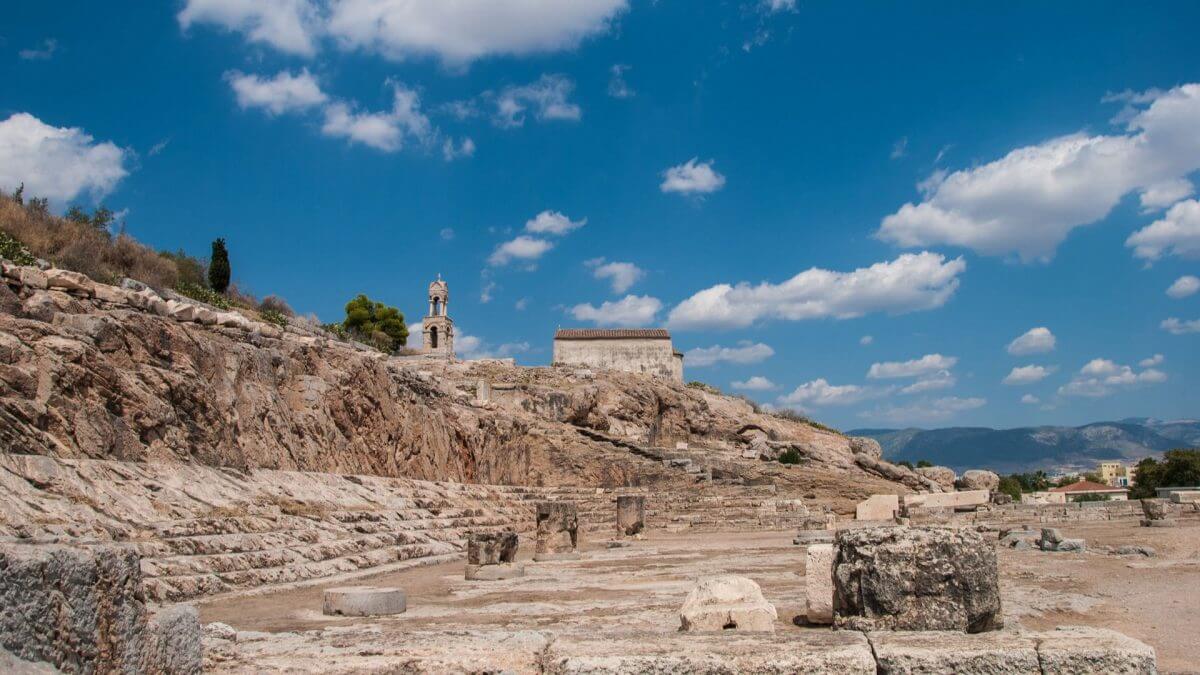Easter in Attica
Easter in Attica
During Holy Week worshippers attend the Divine Liturgies and participate in the ecclesiastical rituals.
On Holy Thursday, women prepare and decorate red eggs in the morning and worshippers gather for the liturgy of the crucifixion in the evening.
On Good Friday, young girls decorate the Epitaph with flowers in the morning and the Divine Liturgy follows in the evening. Each parish organizes its own Epitaph procession for worshipers to attend.
The mood slowly changes on Holy Saturday as the faithful are prepared for the Resurrection. People are gathered at the church, with either simple white or decorated Easter candles, and participate in the liturgy of the Resurrection. At midnight, the church’s lights are turned off, which symbolizes the death of Christ.
While the priest chants the hymn “Come Receive the Light”, the crowd lights up their candles with the Holy Light. The Greek traditional hymn “Christ Is Risen” follows and church-goers give each other “the kiss of love”, a traditional gesture of peace and goodwill.
Traditionally, in Attica Greece young people wait perched on rooftops, ready to light up the night with fireworks and firecrackers. When the celebration comes to an end, people carry the Holy Light to their homes to flood with light their families’ lives. Usually, they form a cross with the candle’s flame at the front door of their houses. Holy Saturday also features a festive table set with red eggs and “mageiritsa” (a traditional Greek Easter soup with lamb giblets, egg, lemon sauce and herbs).
On Easter Sunday everybody is in a festive mood. Family and friends celebrate with good food, dancing and, of course, wine! Any good Greek Easter meal includes roasted lamb or goat or lamb in the oven with potatoes, roasted lamb intestines and traditional desserts, like custard-filled pastry, doughnuts or baklava.
Experience Attica

Winter excursion to Parnitha and the mountain refuges!
Winter, mountain, warm clothes, and total silence, which is interrupted...
Attica’s Destinations
Per season

Megara
Megara: an outstanding destination in West Attica! At a crossroads between...
Attica’s Destinations

Eleusis
Eleusis – Seeking ancient rituals Indeed, it is quite a...
Attica’s Destinations

